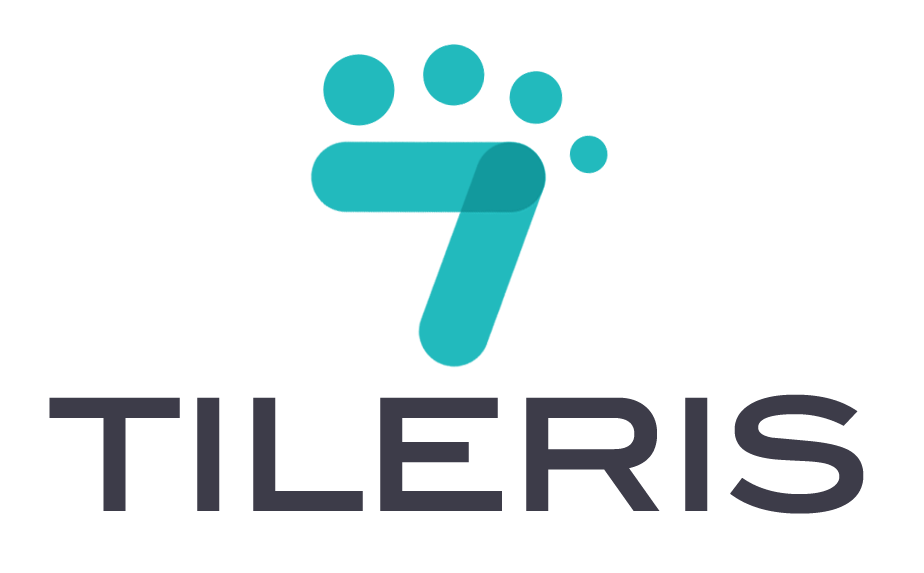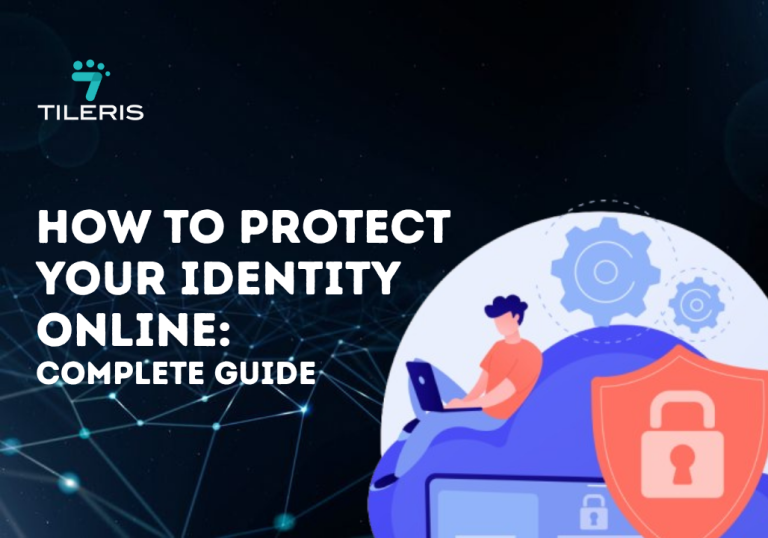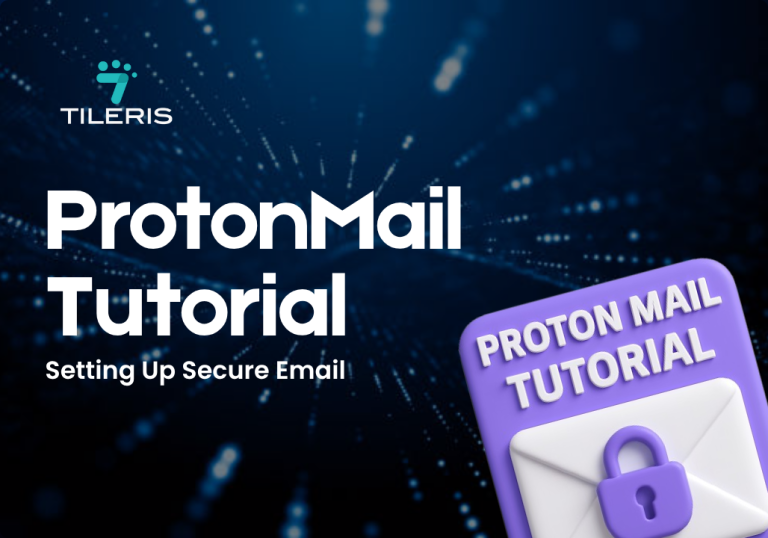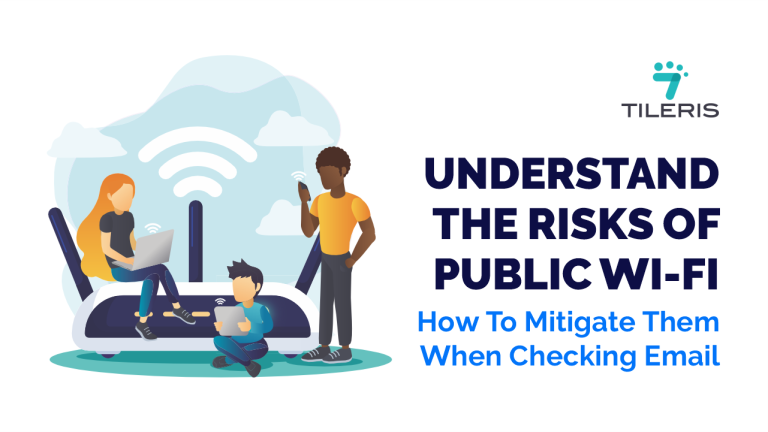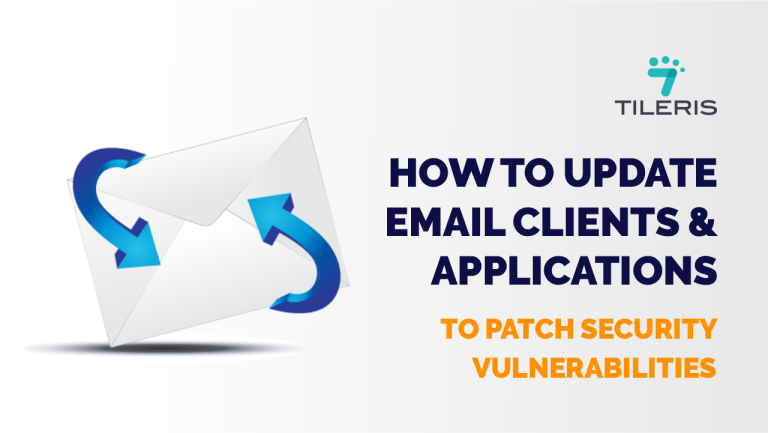Best Security Awareness Training Platforms Review
Introduction
In today’s digital landscape, a robust cybersecurity demands more than just technology. Training platforms are a critical section in cybersecurity with a lot of incidents tied to human error. Around 68-74% of breaches are influenced by human factors making security awareness training a critical, foundational pillar of any effective cybersecurity strategy, and transforming employees into a powerful defense. This review will explore leading security awareness training platforms, checking out their core features, strengths, considerations, ideal use cases, and pricing. Read on to see us evaluate the key criteria that define a good security awareness program.
What to Look for in Security Awareness Training Platforms
Choosing the right platform is strategic. Consider these essential factors:
- Content Quality and Variety
Watch out for training platforms offering diverse formats like interactive modules, engaging videos, gamified elements, quizzes, and posters. Crucially, look for highly customizable and realistic phishing, smishing, and vishing simulations to test real-world susceptibility.
2. Customization and Personalization
The ability of the training platform to create training paths for different roles or departments, incorporate company branding, and offer personalized learning based on user performance significantly helps with the training.
3. Reporting and Analytics Feature
Training platforms should have dashboards that provide clear insights into training completion rates, phishing click rates, and overall human risk scores. The training platform should enable identification of high-risk users and track progress, with exportable reports for compliance.
4. Integration with Existing Security Tools and Workflow
Look for seamless integration with identity providers (e.g., AD, Azure AD, Okta) for user provisioning, and compatibility with SIEM systems or other security tools.
5. Compliance and Certification Tracking
Features that aid in meeting regulatory requirements (e.g., GDPR, HIPAA) and automate training completion tracking for audit purposes are highly valuable.
6. User Experience (UX) and Engagement Factor
An interface for both administrators and end-users, alongside engaging content that earns positive feedback, is key to user adoption and sustained engagement. Multilingual support is beneficial for diverse teams.
7. Pricing Models and Scalability
Understand the per-user pricing structures, and ensure the solution can scale with your organization’s growth. Clarify what support and content updates are included.
Top Security Awareness Training Platforms
1. KnowBe4
KnowBe4 is a market leader renowned for its “new-school” approach, combining a training content library with powerful simulated phishing attacks to build a robust “human firewall.” It offers the world’s largest library of security awareness training content, sophisticated and highly customizable phishing, smishing, and vishing simulations. It also provides robust reporting, including “Phish-prone Percentage,” and streamlines management with automated campaigns and AD/SCIM integration.
Its comprehensive feature set, while powerful, may present an initial learning curve for new administrators. It represents a significant investment, particularly for larger organizations. It is best suited for organizations of all sizes seeking a comprehensive, all-in-one security awareness solution with customization and advanced phishing simulation capabilities. It’s pricing structure is typically tiered, per-user, per-month basis.
2. Proofpoint
Proofpoint Security Awareness Training integrates seamlessly with Proofpoint’s threat protection solutions, leveraging extensive threat intelligence to deliver targeted training based on real-world email threats. It directly benefits from Proofpoint’s market-leading threat intelligence for highly relevant content. Offers personalized learning paths based on user susceptibility and provides strong human risk analytics. Ideal for existing Proofpoint customers for a unified security view.
While excellent for email threats, the broader general security awareness content might be less expansive than some dedicated platforms. Customization options for modules and templates may be slightly less flexible compared to top competitors. Organizations already using Proofpoint’s email security solutions, or those primarily focused on mitigating email-based threats and human risk associated with phishing are ideal use cases: . Suitable for medium to large enterprises and is often bundled with other Proofpoint services, generally on a per-user, per-year basis.
3. Mimecast
Mimecast Awareness Training is part of Mimecast’s security suite, using engaging, video-based, sitcom-style content to educate employees and reduce human error, integrated with phishing simulation. It utilizes highly engaging, short-form video content with real actors, designed to be memorable. Also seamlessly integrates with Mimecast’s email security, allowing for targeted phishing tests based on real threat data. And it provides clear employee and company risk scoring. While highly engaging, the bite-sized video format may offer less in-depth technical detail on complex topics. Its full value is often realized when integrated with Mimecast’s broader security ecosystem. Pricing is typically per-user, per-year; available standalone or as an add-on.
4. SANS
Developed by the SANS Institute, this platform offers an authoritative, expert-driven approach to security awareness, focusing on practical behaviors and fostering deep understanding. It features high-quality, expert-led content ensuring accuracy and focusing on actionable behaviors. There is a strong emphasis on meeting various regulatory and industry compliance requirements. Also offers flexible delivery (SCORM-compatible or via SANS platform) and aims to build a solid foundation of security knowledge. It is important to note that it represents a premium investment due to the quality and expertise. Its professional, educational interface may be less “gamified” than some consumer-style platforms, potentially appealing more to those seeking serious, in-depth learning.
Best Fits are large enterprises, government agencies, and organizations in highly regulated industries that prioritize in-depth, authoritative, and compliance-driven security education. Investment requirements can be generally higher due to premium content and expert development, quoted based on user count and scope.
5. CybSafe
CybSafe is a “human risk management platform” that leverages behavioral science and data analytics to understand, measure, and actively reduce human cyber risk through training, simulations, and continuous assessment. It is built on behavioral science for measurable, lasting behavior change and offers a holistic view of human cyber risk with insights into vulnerabilities. Equally delivers personalized “nudges” and training based on individual risk profiles and provides strong analytics for demonstrating improvements in security posture.
As an innovative player, its content library might be less extensive than market veterans. The focus on behavioral science might require some initial organizational adaptation. Pricing transparency is typically via custom quotes. Forward-thinking organizations of all sizes committed to a behavioral science approach to human cyber risk can use CybSafe. Pricing is custom, based on user count and features.
Implementation
Even the best training platform needs a well-executed strategy. Demonstrate ROI by highlighting the financial impact of human error. Secure executive sponsorship to emphasize program importance. Also use a phased approach, communicate “why” training is important, make it accessible, and tailor content where possible. Mix training modalities for engagement. Equally measuring success and tracking KPIs like changes in susceptibility and incident reporting. Finally, establish a feedback loop and empower “security champions.”
Conclusion
The “best” security awareness training platform is the one that most effectively transforms your employees into a vigilant human firewall, aligning with your organization’s unique culture, budget, and security challenges. It is advisable to conduct thorough research, utilize free trials, and involve stakeholders. Align your choice with your long-term goal of fostering a resilient, security-aware culture. By making an informed decision, you empower your employees to be your strongest line of defense.
Ready to fortify your cybersecurity? Request a demo from Tileris today!
